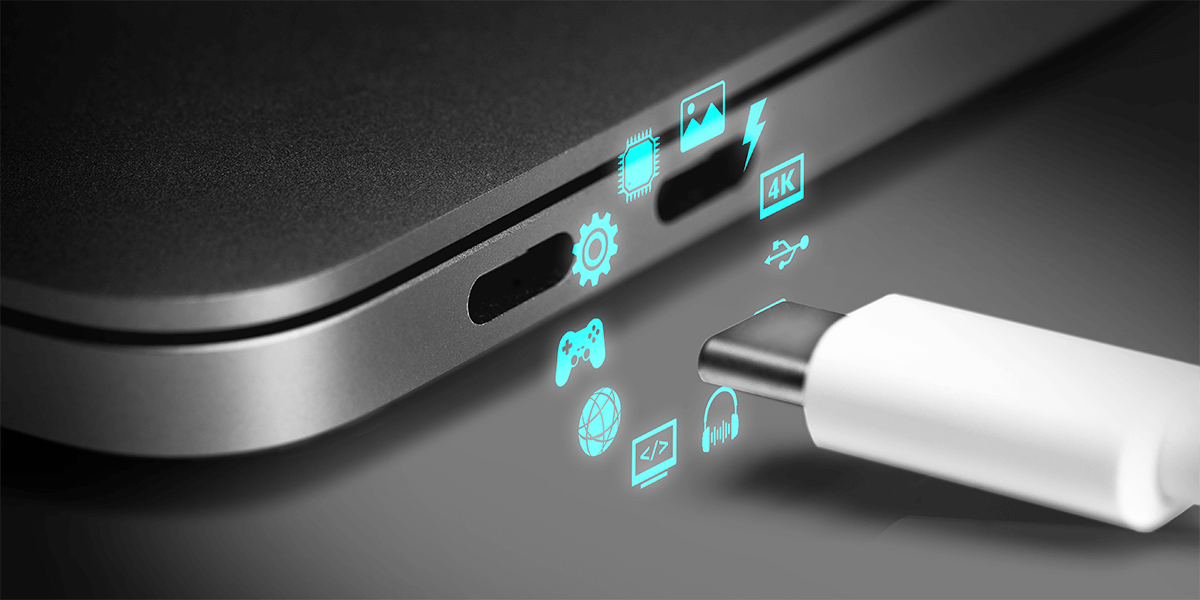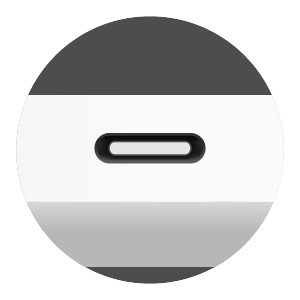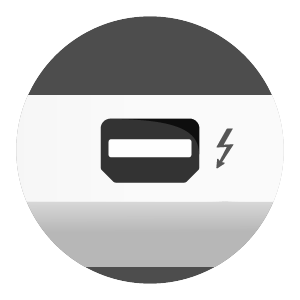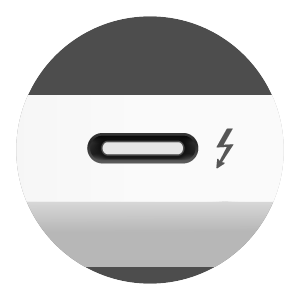
USB-C helps connect everything from your laptop and phone to monitors and storage devices. For years, USB-A was the standard, but now USB-C is the connector you see everywhere.
Introduced in 2014, USB-C was designed to replace all previous USB ports with one smaller, reversible, and more powerful standard. It supports charging, data, video, and more all through one port. But here’s the common frustration: You plug in your monitor, the cable charges your laptop—but the screen stays black.
Here’s the catch: not all USB-C ports are the same. Some charge your laptop. Some send video to a monitor. Some only transfer files. And unless you check your device specs carefully, you might end up with a USB-C port that can’t do what you need.
So, what do you need to know about the USB-C connector? This article will help you explore and answer the following key questions and topics:








